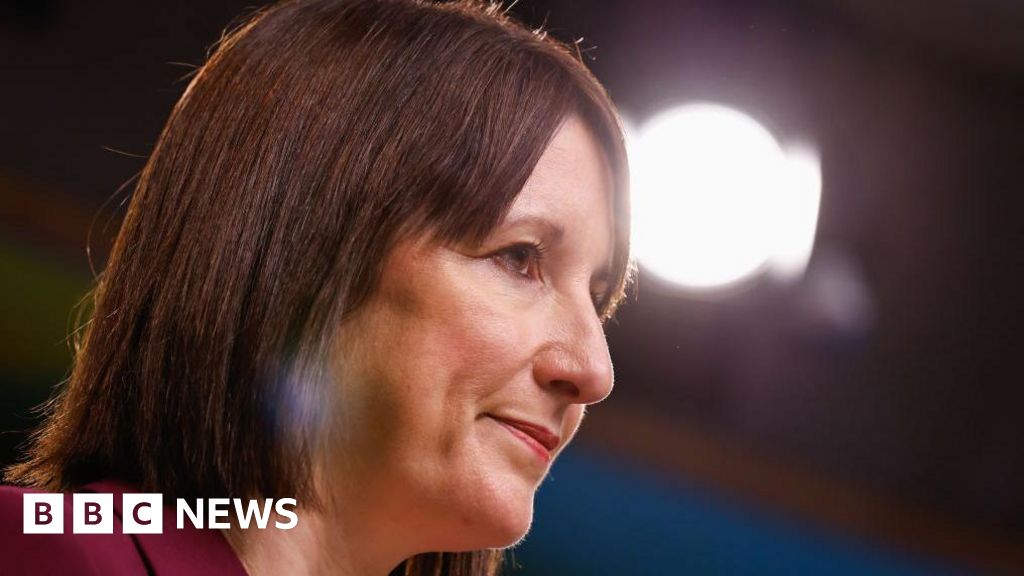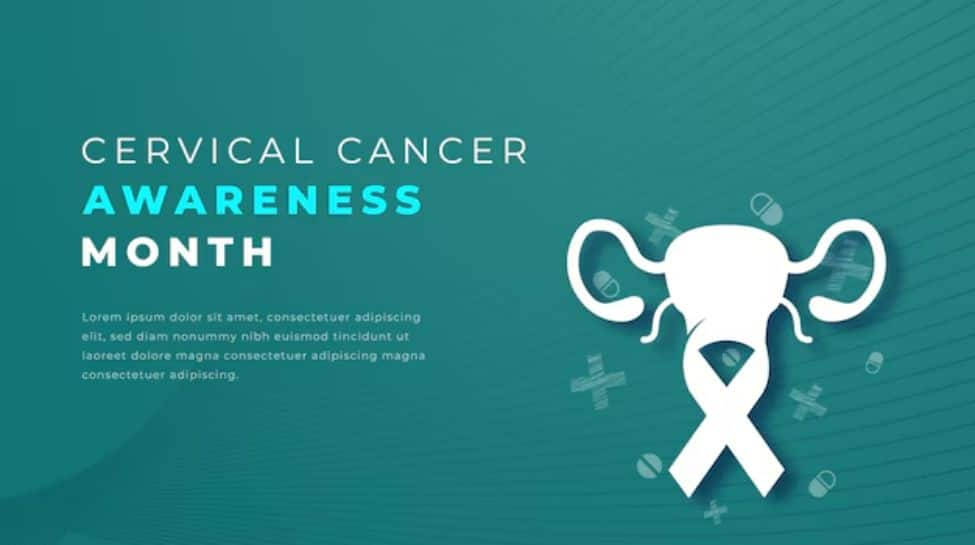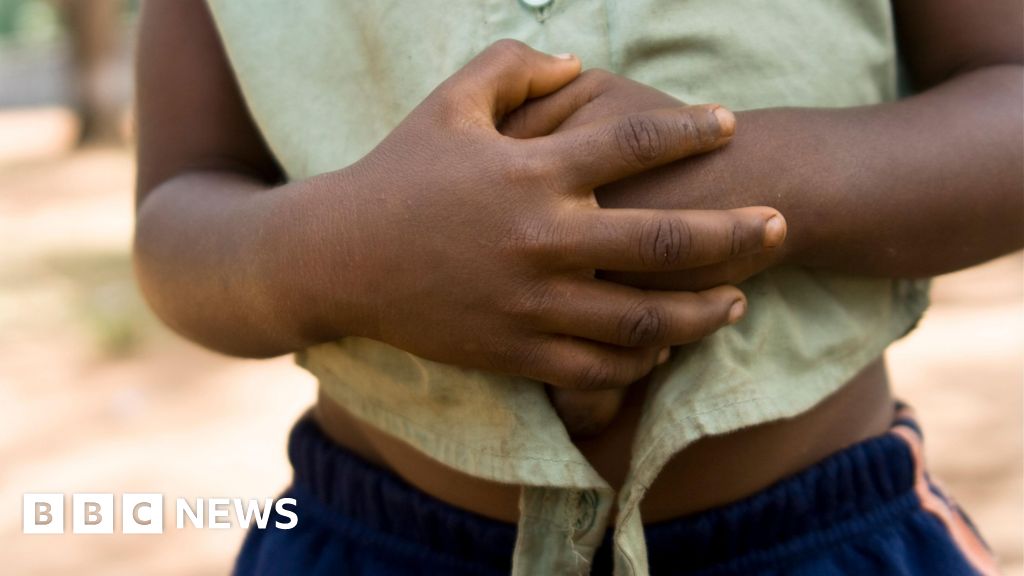Data from the Institute of Policy Studies showed that women aged 20 to 24 are now less likely to give birth than women aged 35 to 39.
Mai Yo | Klaud9 | Getty Images
SINGAPORE — Almost two decades ago, Loh and her husband made a decision not to have children.
Today, 17 years later, the two of them are convinced they made the right choice.
“I may feel differently when I’m on my deathbed and have to die alone, but at the moment, the choice seems right to us,” said the 46-year-old who works in the tech industry.
Loh, who did not want to give her full name, is not alone.
Singapore’s birth rate hit a record low in 2022, after years of decline.
Live births last year plummeted by 7.9%, due to how expensive it is to live in Singapore, and the high cost of living continues to steer many away from expanding their family, analysts told CNBC.
Having a child is tied to many things — the affordability of a house, a spouse, and the maturity of the job market that makes you feel secure enough to do it.
Jaya Dass
Asia-Pacific managing director, Ranstad
Birth rates increased slightly in 2022 to 1.12 from 1.1 the year before when people stayed home during Covid and had more children.
Still, fertility trends have shown women are also choosing to have children later in life, or not at all.
Data from Singapore-based think tank Institute of Policy Studies showed that women between the ages of 20 and 24 are now less likely to give birth than women between 35 to 39 years old.
“Having a child is tied to many things — the affordability of a house, a spouse, and the maturity of the job market that makes you feel secure enough to do it,” Jaya Dass, Ranstad’s Asia-Pacific managing director.
“The attractiveness of wanting to have a child has actually reduced significantly because of how life has matured and changed,” Dass said.
Money isn’t the solution
Already grappling with an aging population, Singapore is also facing one of the world’s lowest fertility rates, prompting the government to dole out incentives and “bonuses” to encourage people to have children.
Couples with babies born from Feb. 14 will receive 11,000 Singapore dollars ($8,000) each for their first and second child, and S$13,000 for their third child and beyond — that’s a 30% to 37% jump from before.
Women in Singapore are choosing to have children later in life, or not at all.
D3sign | Moment | Getty Images
Government-paid paternity leave was doubled, increasing from two to four weeks for fathers of babies born from 2024.
Although there are a slew of government policies aimed at encouraging more couples to have children, “throwing money” at the problem will not solve it, said Wen Wei Tan, analyst at the Economist Intelligence Unit.
“Tackling the fertility rate will require us to confront some of the weakness of the underlying systems … Which means not only addressing demographic challenges, but also helping to build social cohesion, and perhaps look at how we can foster healthier attitudes towards risk taking,” EIU’s Tan said.
Most expensive city
In 2022, the EIU ranked Singapore as the most expensive city to live in, sharing the top spot with New York City.
Owning a home together is also a challenge for young couples.
House prices in the city-state continue to rise rapidly, increasing by 7.5% year-on-year in June 2023, CEIC data showed.
Public housing apartments — known locally as HDB flats — are in high demand but supply is not catching up, said Tan from the EIU.
Construction came to a standstill during the pandemic, as labor shortages and the high cost of raw materials delayed housing projects, and couples had to wait twice as long for their apartments, causing some to marry later.
This, however, is just one part of the problem, as there are many other costs associated with raising children in Singapore, according to Mu Zheng, assistant professor at the department of sociology and anthropology at the National University of Singapore.
“There is a sense of instability is dragging people further away from having children,” Zheng told CNBC.
Working mothers
The high cost of living in Singapore is leading to more couples with two incomes and no kids — sometimes referred to as Dinks, a slang for “dual income, no kids.”
That is also due to a mindset change and more couples being willing to put their career ahead of marriage and having kids.
“Once women have children, they’re going to see a slowdown in their career progression. Many make the decision to wait till they feel secure and stable in their jobs so there won’t serious threat to their income if they take time away from work,” said Tan Poh Lin, senior research fellow at the Lee Kuan Yew School of Public Policy.
More couples are willing to put their career ahead of marriage and having kids.
Carlina Teteris | Moment | Getty Images
Delaying marriage means people may get more opportunities to pursue higher education, leading some to be more selective and have greater expectations of their future partners, said Dass.
In 2022, 36.2% of residents who were 25 years and above had a university degree — that’s compared to 25.7% a decade ago.
However, Dass highlighted that this is not necessarily a bad thing because “the minute education and literacy increases among women, their ability to come into the workforce and contribute to the economy increases.”
Shrinking labor force
A declining birth rate, coupled with an aging population, will have repercussions on Singapore’s labor force.
“Having fewer children means you have a smaller workforce that can contribute to the economy. And with Singapore’s high life expectancy, the dependency ratio will increase,” said EIU’s Tan.
Singapore’s population is ageing rapidly and 1 in 4 Singaporeans will be over 65 years old by 2030.
Jayk7 | Moment | Getty Images
Tan warned that a shrinking workforce could hurt the government’s tax revenues and exacerbate the problem, especially when coupled with the challenges of an aging population.
“You’re collecting less money from a smaller workforce. So the government has less fiscal resources to channel to economic purposes that the country might need,” Tan said, citing examples of upgrading infrastructure and investing in research and development.
“So it’s more taxes for those in the workforce, and more financial burden to care for the elderly. And if one gets married and has children, there are more financial considerations at play.”















































